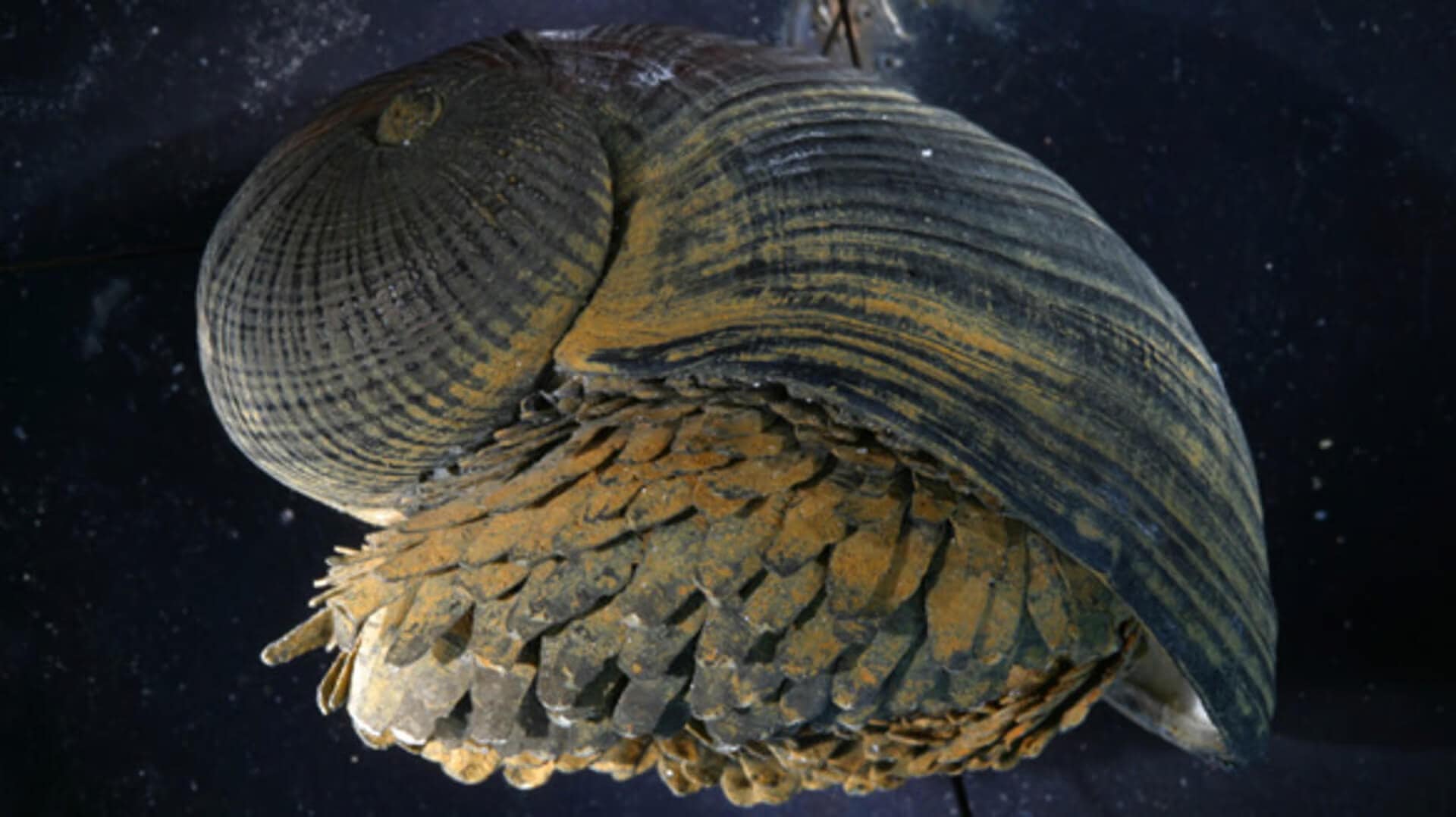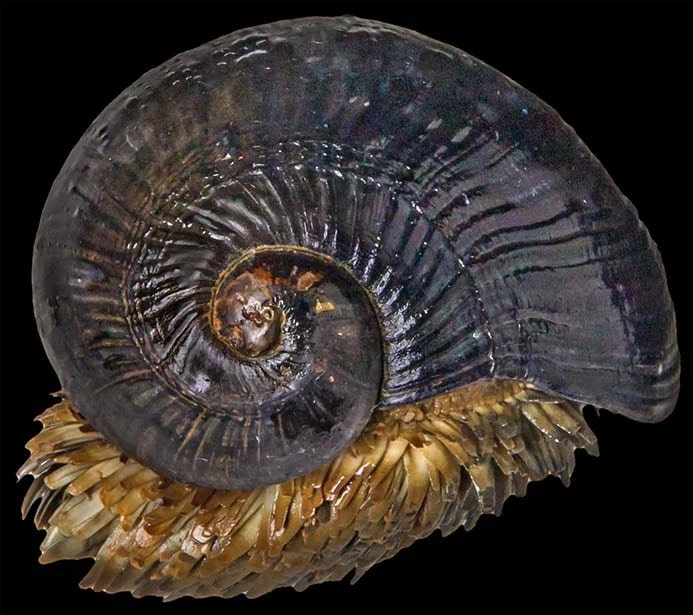It has been suggested that we know more about deep space than we know about the deep oceans. After all, we know that there is no such thing as a giant squid: they are only the stuff of Medieval seafaring lore, right? Not quite. The giant squid is real, and while they may not pose an imminent danger to ships on the ocean sea, they can exceed lengths of 30 feet.
However, there are plenty of other marine oddities, about which we know very little. Some are living fossils that have changed very little since prehistoric times; studying them can give scientists clues about earth’s distant past. Others are extremely rare, such as the shark that has been seen less than 50 times in over a century. Keep reading to learn more about strange sea creatures you’ll probably never see in real life, like terrifying spider crabs, giant squids, octopus, and more.
The Armored Snail Thrives In Deep-Ocean Vents

Armored snails are the stuff of legends. These creatures live in deep-ocean vents, which are extreme environments that receive high levels of heat and chemicals from underneath the ocean floor. And their multi-layered shells probably help protect them in this intense environment.

What exactly is the shell made of? For starters, the composite material and structure are unlike anything that humans have contrived. Like other organisms that live in the deep-ocean vents, armored snails are tiny, usually measuring only about four millimeters or about 0.16 inches.
